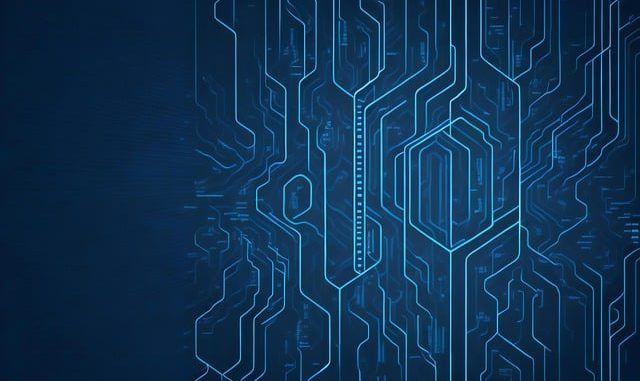
Physics-informed neural networks (PINNs) are a class of machine learning algorithms that combine neural networks with principles from physics or other domain-specific knowledge. These networks are designed to incorporate physical laws or governing equations into the learning process, allowing them to learn from data while respecting the underlying physics of the problem. They are employed in many industries including the biochemical engineering and food manufacturing and analysis.
In the context of real-time cell culture bioreactor modeling, PINNs (physics-informed neural networks) can be employed to predict and optimize the behavior of cell cultures in bioreactors. Bioreactors are devices used for the cultivation of cells or microorganisms under controlled conditions, often used in biotechnology and pharmaceutical industries for producing therapeutic proteins, vaccines, and other biologics.
Here’s how PINNs can be applied in real-time cell culture bioreactor modeling:-
Data Integration
PINNs can integrate various types of data, such as process measurements, environmental parameters (temperature, pH, dissolved oxygen, etc.), and cell culture characteristics (cell density, viability, metabolic activity). This data is used as inputs to the neural network.
Physics-Informed Learning
In addition to data-driven learning, PINNs incorporate physics-based constraints and governing equations that describe the underlying bioreactor system. These equations are embedded as additional terms or constraints in the network’s loss function. This allows the network to learn from data while ensuring that the learned solution adheres to the fundamental physical principles governing cell culture dynamics.
Predictive Modeling
Once trained, the PINN can predict the behavior of the cell culture in real-time. It can estimate various parameters of interest, such as cell growth, viability, nutrient consumption, and product formation. By considering the physical constraints, the model can provide more accurate and interpretable predictions compared to traditional data-driven models.
Optimization and Control
PINNs can be used for optimization and control purposes in real-time bioreactor operation. By combining the learned model with optimization algorithms, the PINN can guide decision-making processes, such as determining optimal feeding strategies, adjusting environmental conditions, or predicting the impact of different control actions on the cell culture’s performance.
The advantage of using PINNs in real-time cell culture bioreactor modeling lies in their ability to leverage both data-driven learning and physics-based knowledge. By integrating the physical principles governing the system, PINNs can improve prediction accuracy, handle limited or noisy data, and provide insights into the underlying dynamics of cell cultures. This can aid in optimizing bioprocesses, enhancing product yield, and facilitating real-time decision-making in bioreactor operations.

Leave a Reply